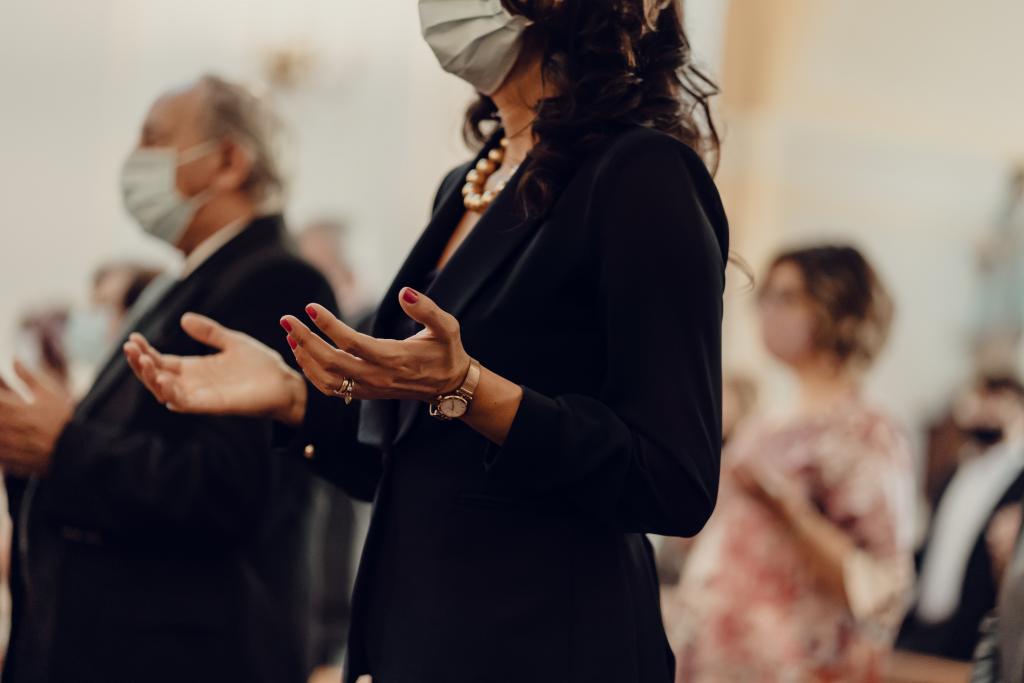There are already countless articles that explore what we are learning about the life of the church in the middle of the Covid-19 crisis. There will be many more. Some of the lessons we have learned will be harder to absorb and may go unnoticed. They are also lessons that we didn’t need a crisis to learn. One of those lessons goes straight to the heart of what it means to be the body of Christ: Church has always been about the healing of our relationship with God and with one another.
That conviction lies at the heart of Jesus’ vision of the Kingdom, in the signs and wonders that he performs, in his interpretation of Torah, and in the Sermon on the Mount. It is clearly the concern that Paul raises in a variety of ways. It is front and center in the imagery and content elsewhere in the New Testament. It is imbedded in the Christian tradition’s understanding of the saving work of Christ which restores the relationship between the divine and the human, and it is the focus of the church’s sacraments. In short, if the church is about anything, it is about the embodied enactment of healing relationships with God and with one another.
Yet, until now, other things have often taken priority: Buildings, programs, therapy, social engagement – all chief among them over the last sixty years. Nothing is wrong with any of those things, properly understood. Indeed, one could argue that theologically a case could be made for these and other concerns (though, truth be told, often the church fails to navigate those choices theologically). But all of this and more that is a part of the church’s life flows from a way of being and becoming in relationship with God and in God, with one another.
Covid-19 has made that apparent. In the absence of strong, supportive, and loving relationships, there is really very little left to sustain the life of the church and – in the absence of lives that prioritize a living relationship with God – there is even less incentive to voluntarily connect with the life of our congregations. So, here we are, stripped of the things that normally distract us – buildings, staffing, programs – and we find ourselves asking, how do we keep people in touch with God and with one another?
My impression, thus far, is that many if not most congregations are making that effort. Inevitably, there are variables. Depending upon the resources available to individual congregations, some are able to do more than others; and depending upon our respective theological traditions, there is considerable variation in what congregations are doing by way of worship. Other efforts are aimed at continuing to study and pray.
Hopefully, however, these are not stop-gap measures designed to move us beyond the other things we have lost, in the hope that we will all go back to the way things were. I am convinced that God is not the author of catastrophes of this kind, but I am convinced that we can learn from them if we put ourselves back in the hands of God when they do come our way.
So, how do we respond?
One – given the time of year – let’s be clear about the message of the Resurrection. The Resurrection is not a metaphor for transformation, and it is not about “pie in the sky, by and by.” It is about the vindication of God’s claim to be God, and in particular, the vindication of God’s effort in Christ to heal the image of God in all of us.
Two – let’s center our work on that restorative and relational task, reclaiming the role of the church as the instrument of God’s redemptive work in the world. Church communities of every size need to reinvigorate their efforts to connect people with their God and with one another.
Three – let’s use that role as a place of relational healing as a means of prioritizing the other activities. There is much that the church does that is of value, but it is worthwhile understanding the place of those activities in dialogue with the church’s mission as the instrument of God’s redemptive work in the world.
Four – let’s begin to make notes about what we are learning about new ways to connect with people on their journey into restored relationships with their God and with others. Many of us will probably be tempted to walk away from the experiments we have begun that connect us when we cannot be with one another, face-to-face. But it is clear that some of those obstacles have existed all along, and that there are new opportunities and discoveries available to us that can invigorate the body-life of the church.
We often talk these days about the fact that we will not be able to “go back to the way things were”, but that need not be all about loss.













